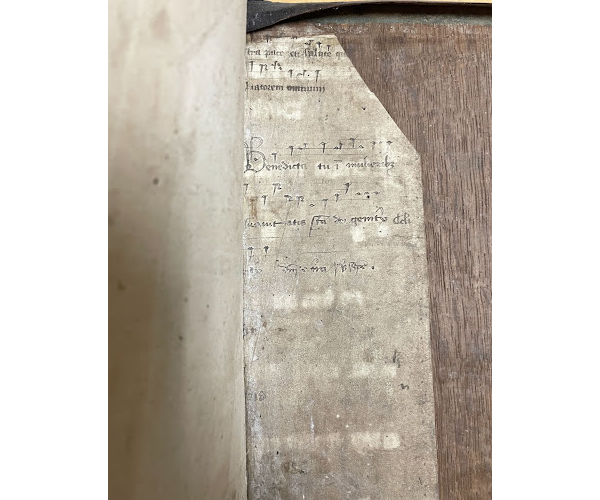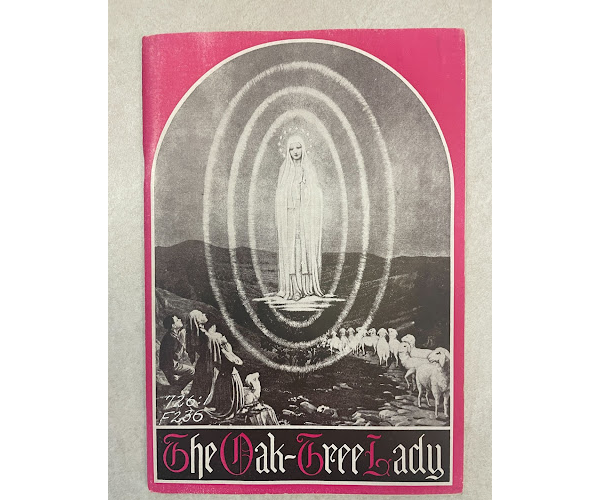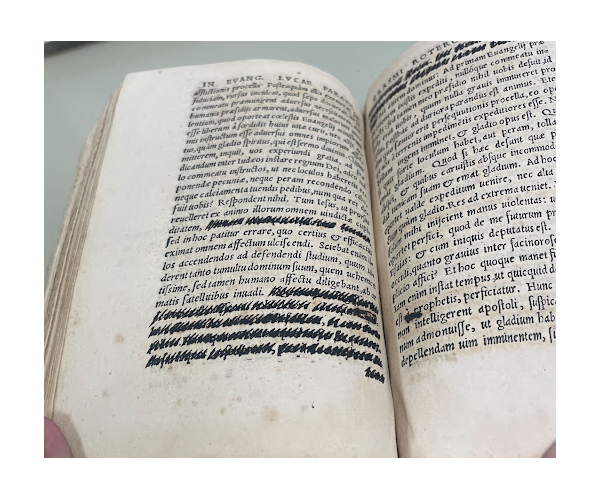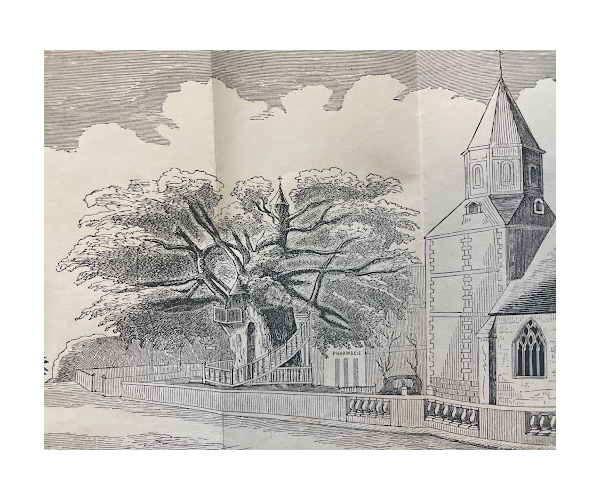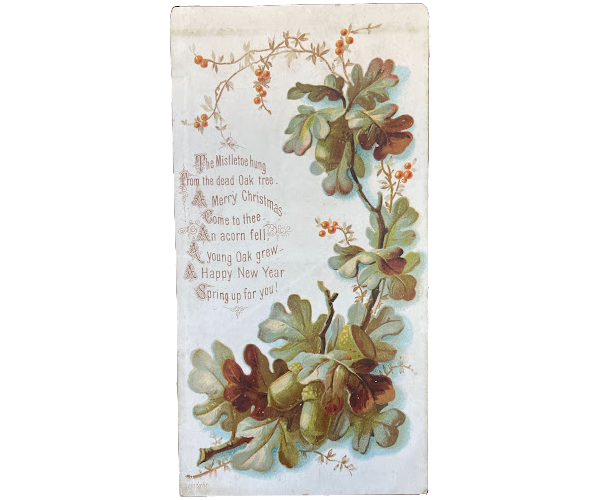Blogs
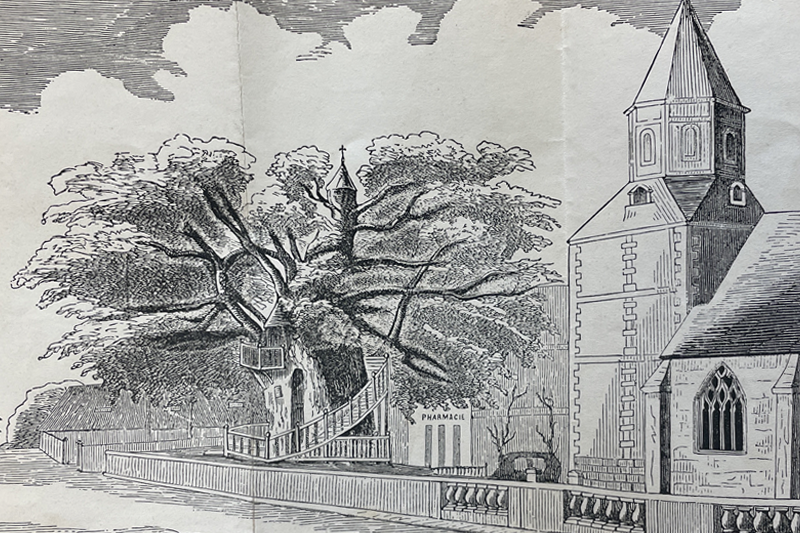
An Oak Anniversary
By Sarah B. Cahalan
Shari Neilson, administrative assistant and office coordinator in the Marian Library, recently pointed out that the Marian Library, which turns 80 years old in 2023, is celebrating its oak anniversary here at the University of Dayton.
Oak! What a wonderful opportunity to say thank you for 80 years at UD, to consider some roles that oaks have played in human culture and to look for oak traces in the library itself. (You can review some of the Marian Library’s less leafy history on a timeline prepared for its 75th anniversary in 2018.)
So many human things are possible thanks to oak trees. Oaks provide food to squirrels, deer and people. Oaks are essential to stories:
- The terrifying forests of Grimm’s fairy tales were full of oak trees.
- The world-tree of Scandinavian mythology was, by many accounts, an oak.
- Oak — the sacred tree of Zeus.
- The honey of wild bees drips from an oak tree in Virgil’s fourth eclogue.
- Queen’s Oak.
- Gospel Oak.
Depending on your translation, oaks appear in various parts of the Bible; for example, the “oaks of justice” in Isaiah 61:3, which mark a year of favor from God. On May 13, 1917, Our Lady of Fatima appeared to three small children beside a holm oak in Portugal (alas, the tree did not survive the desire of pilgrims to take pieces of it home with them). So many oaks.
Oak wood is a hardwood that is also pliable, making it excellent for boatbuilding, the frames of timber-framed churches, gracefully curved sculptures of the Virgin and Child, and wine barrels. Oak has also been essential to the making of books. The boards, or hard book covers, over which leather or parchment was affixed, were often oak in European books made up to the 17th century. Oak boards are heavy and hard, which provided (and still provide) some protection to the book’s text from pest activity and fluctuations in humidity. In the library, pieces of oak wood peek out at us from broken bookbindings. (The leather of those bindings was often tanned with — you guessed it — tannin-rich oak bark.)
Another oak contribution to human culture — one in which no trees need be harmed — is iron gall ink. This ink owes its existence to female wasps that lay their eggs on oak trees, at the same time injecting chemicals that create a “gall,” or a protective ball almost like an eggshell, which provides a safe place for baby wasps to mature. Once the wasps are done with them (and sometimes before they’ve hatched), people collect the galls, which for centuries were an essential ingredient to ink. The Codex Sinaiticus, a fourth-century Bible manuscript, was written in this ink. Leonardo da Vinci drew in iron gall ink. In the Marian Library, ownership inscriptions, censorship scribbles and marginalia have been written in this ink by previous readers of the library’s books.
There are hundreds of species of oak with distinctive seasonal cycles, but it’s probably safe to say the oak trees around Dayton are currently preparing for spring. As temperatures rise, trees move sugars from their roots upward, bringing about the production of new leaves, then flowers, female and male (the latter charmingly called catkins for their resemblance to kittens’ tails), the early signs of fruit — which will be acorns once mature. While 80 years is a generous period from a human perspective, an 80-year-old oak tree is still just getting started and, depending on the tree, may be only about 10 inches in diameter. The larger oaks in Ohio have been here since well before the Marian Library was founded in 1943, and many are much older than the University of Dayton itself.
Please enjoy a slide show of oak-related materials from the Marian Library’s collections. In the case of wooden objects, none of us is a wood expert (oak-spert?), so also feel free to correct us if you think we have misidentified anything.
Happy 80th to the Marian Library! It has been suggested that some nice oak furniture, custom-designed for the library’s reading room on the seventh floor of Roesch Library, would be a lovely anniversary gift … or, if you prefer, you could plant a tree in the library’s honor. In the meantime, I will be researching cakes that can be baked from acorn flour.
Thanks to my colleagues, especially Henry Handley and Shari Neilson, who shared ideas for this post!
— Sarah Cahalan is an associate professor and director of the Marian Library.

